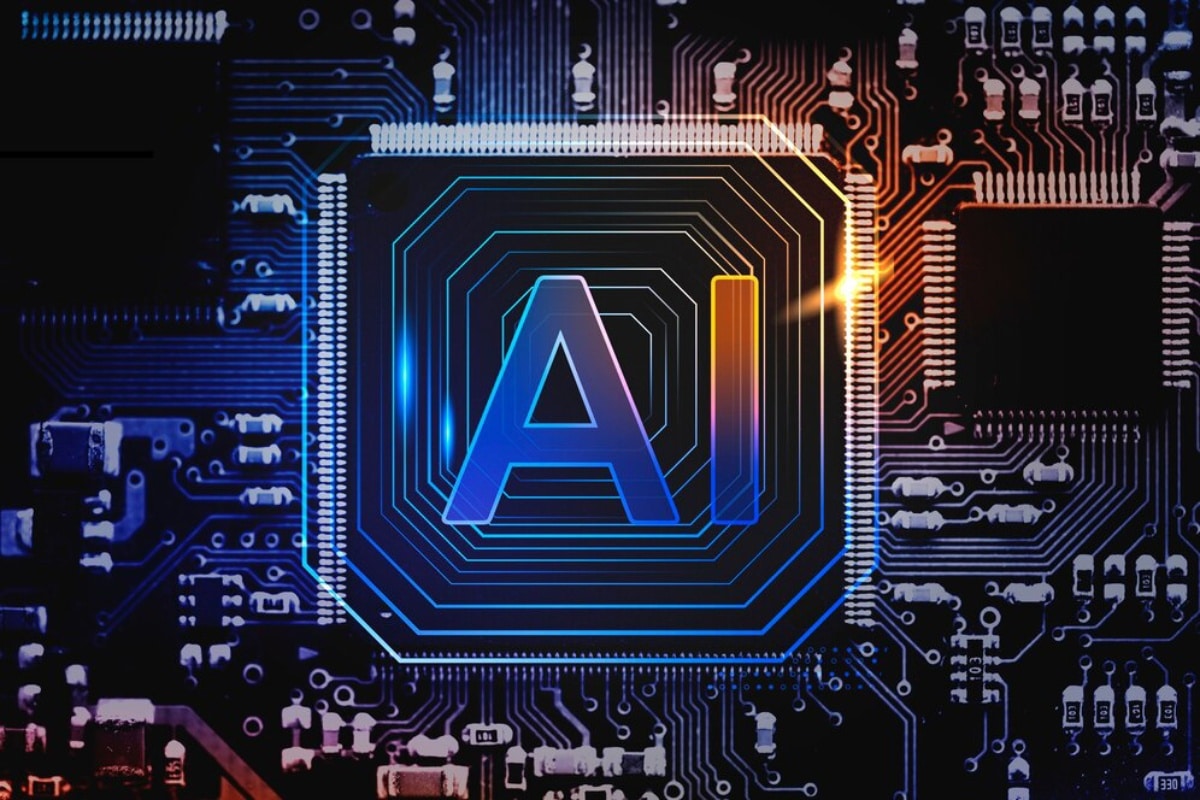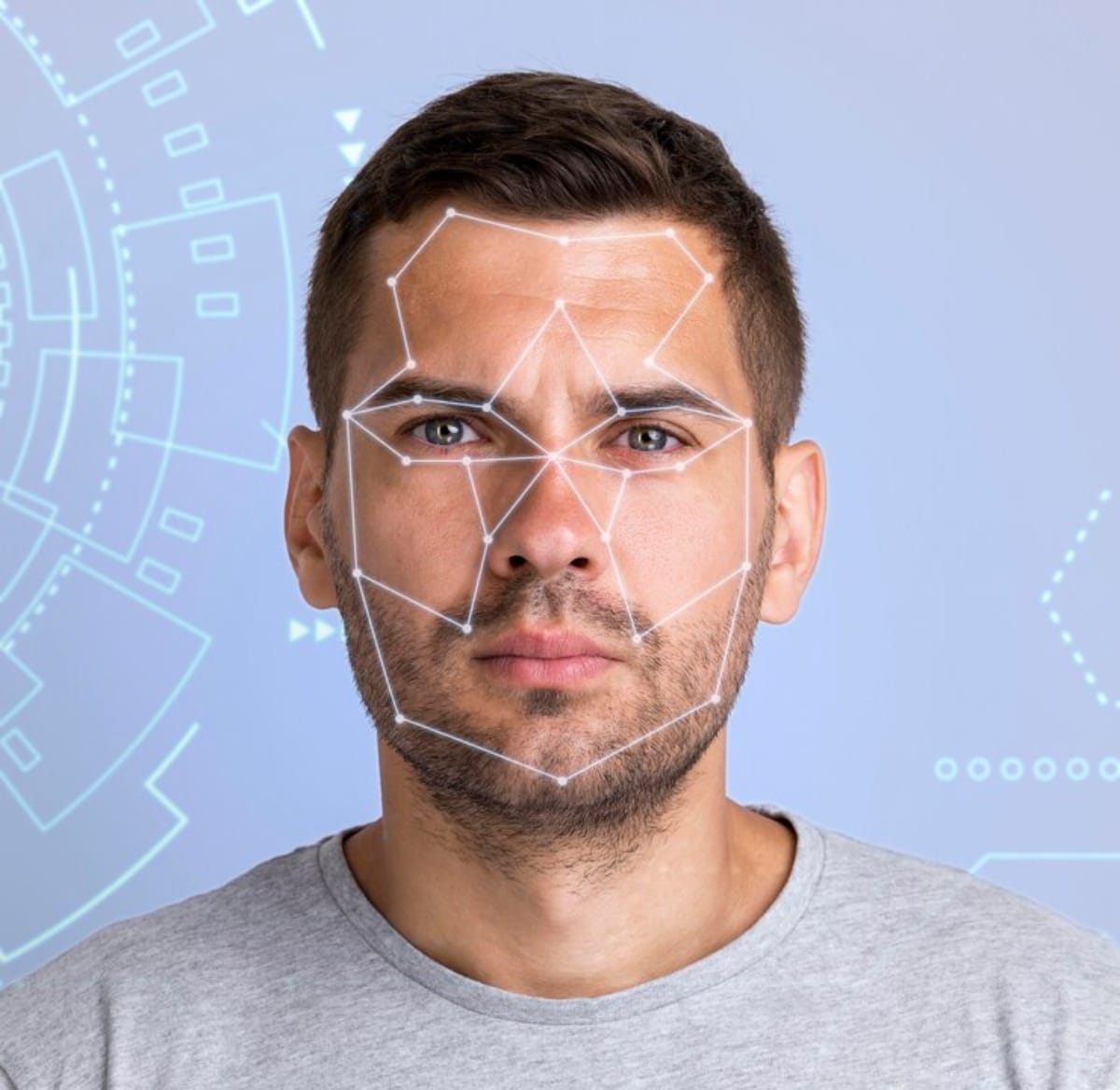
Bias in AI Systems: Challenges for Fairness and Ethics
Why AI Bias Deserves Our Attention
AI is now a major part of our lives. It impacts banking, healthcare, hiring, and even criminal justice. But as we embrace this technology, a critical issue has emerged: bias in AI systems. This bias isn’t just a technical problem. It can cause unfair results, making existing inequalities worse or even creating new ones.
The importance of ethical AI is growing by the day. AI algorithms now make choices that impact people directly. So, the question of fairness is more important than ever. What does it mean for a system to be fair? How do biases creep into seemingly objective technologies? And what can be done to create responsible technology that serves everyone equally?
This blog post explores these questions in depth. We’ll explore the root causes of AI bias. We’ll share real-world examples and discuss how it affects society. Then, we’ll suggest ways to develop more ethical AI. This guide helps you, whether you’re a tech pro, a policymaker, or just curious. It gives you a clear view of a key challenge in AI today.
Understanding AI Bias
What is Bias in AI?
Bias in AI refers to systematic errors in an AI system that lead to unfair outcomes. These outcomes can help or hurt specific groups. This can depend on traits like race, gender, age, or income level.
There are multiple types of AI bias, including:
- Data bias: Arises when training data does not adequately represent the real-world diversity.
- Algorithmic bias: Occurs when the algorithm itself develops a preference due to flawed logic or assumptions.
- Societal bias: Reflected in the way AI mirrors the prejudices present in our society.
Where Does Bias Come From?
Bias usually stems from:
- Imbalanced training data: If an AI model is trained mostly on data from one demographic group, it will perform poorly for others.
- Labelling errors: Human annotators might unintentionally introduce bias during data labelling.
- Historical inequities: Past discriminatory practices embedded in datasets can perpetuate systemic bias.
Example: Facial Recognition Systems
One of the most cited examples of AI bias is facial recognition technology. A study from MIT Media Lab found that these systems make more mistakes with dark-skinned people than with light-skinned ones. This discrepancy arises because the training datasets often contain predominantly lighter-skinned faces.
Real-World Impacts of AI Bias
Healthcare
Biased algorithms can misdiagnose or underdiagnose certain populations. Some health risk prediction tools often underestimate risks for Black patients. This is not the case for white patients. As a result, care for Black patients can be less effective.
Hiring and Recruitment

Many companies use AI tools to scan resumes and conduct initial candidate screenings. If the algorithm trains on a dataset that favoured male candidates, it might repeat that bias. This means female applicants could be ranked lower.
Law Enforcement and Criminal Justice
AI tools like predictive policing systems can disproportionately target communities of colour. Risk assessment algorithms for parole eligibility also show racial bias. This impacts important decisions that can change lives.
The Ethical Dimensions
The Importance of Fairness
Fairness in AI is not a one-size-fits-all concept. It varies depending on the context and stakeholders involved. Some approaches to fairness include:
- Demographic parity: Equal outcomes across different groups.
- Equal opportunity: Equal true positive rates across groups.
- Individual fairness: Similar individuals should receive similar outcomes.
Accountability and Transparency
Ethical AI demands accountability and transparency. Developers must be able to explain how their models make decisions. This is crucial for building trust and enabling recourse in case of errors.
The Role of Regulation

Governments and institutions are increasingly stepping in to regulate AI systems. The European Union’s AI Act classifies AI systems by risk level. It also has strict rules for high-risk apps, like facial recognition and biometric data processing.
Strategies for Mitigating AI Bias
1. Diverse and Inclusive Data
Creating balanced datasets is essential. This means:
- Ensuring demographic diversity in data collection
- Auditing datasets for underrepresentation
- Removing biased data entries
2. Fair Algorithm Design
Developers can use techniques such as:
- Pre-processing: Altering training data to reduce bias
- In-processing: Modifying learning algorithms to promote fairness
- Post-processing: Adjusting model outputs to meet fairness criteria
3. Human Oversight and Ethical Review Boards
AI should not be a black box. Involving ethicists, social scientists, and experts in the process helps avoid unintended consequences.
4. Transparency Tools
Tools like Google’s What-If Tool and IBM’s AI Fairness 360 enable developers to test their models for bias and interpret outcomes clearly.
5. Public and Stakeholder Engagement
Public input can help identify concerns that developers might overlook. Ethical AI design should involve:
- Community consultations
- Open-source audits
- Participatory design sessions
Case Studies: Learning from Experience
COMPAS Algorithm in Criminal Justice
COMPAS, a tool for risk assessment in the US, often flagged Black defendants as future criminals almost twice as often as white defendants. The case brought up big ethical issues. It showed why we need clear and responsible AI for important decisions.
Amazon’s Hiring Tool
Amazon scrapped an AI hiring tool after it was found to downgrade resumes with the word “women’s” in them, such as “women’s chess club captain.” The algorithm had learned from ten years of male-dominated hiring data, revealing how historical bias can embed itself in AI.
Google Photos Labelling Incident
In a widely reported incident, Google Photos labelled images of Black people as “gorillas.” The company apologised and removed the labels. This shows how serious unchecked AI bias can be.
Conclusion: Towards Responsible and Ethical AI
As AI becomes more ingrained in our daily lives, ensuring that these systems are fair, ethical, and inclusive is paramount. Bias in AI is not just a technical issue—it’s a societal one, with real implications for justice, equity, and human dignity.
While we may never eliminate all bias, we can commit to responsible technology practices that recognise and address it. This means creating diverse teams, setting up clear systems, engaging the public, and enforcing strict regulations.
Ultimately, the goal is not perfection but progress. By working together ethically, we can use AI for good. This means making tools that uplift everyone and include all, not just a few.
Let’s challenge the status quo and demand better from our technology. The future of ethical AI is in our hands.
Join the conversation about AI ethics. Share this post, follow developments in responsible tech, and advocate for fairness in the systems that shape our world.


